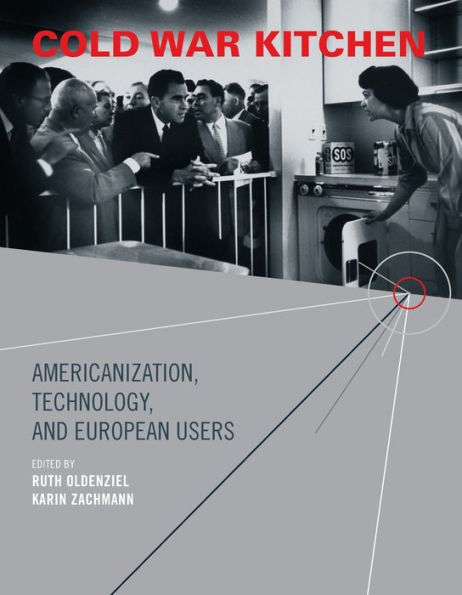Victoria de Grazia
This book is a remarkably fresh and inventive contribution to the study the technologies of empire. In their breadth and fine detail, the contributors, young European and American scholars, give a truly global view as they range from the U.S. to Moscow, from Finland to Turkey and through the corridors of the UN. Implacably, carefully, they demonstrate how the American kitchen, propelled by a myriad of supports from the assembly line and Hollywood cinema to the supermarket and State Department, operated as a pillar of U.S. Cold War hegemony.
Endorsement
This book is a remarkably fresh and inventive contribution to the study the technologies of empire. In their breadth and fine detail, the contributors, young European and American scholars, give a truly global view as they range from the U.S. to Moscow, from Finland to Turkey and through the corridors of the UN. Implacably, carefully, they demonstrate how the American kitchen, propelled by a myriad of supports from the assembly line and Hollywood cinema to the supermarket and State Department, operated as a pillar of U.S. Cold War hegemony.
—
Victoria de Grazia, Director, European Institute, and James R. Barker Professor of History and Contemporary Civilization, Columbia University
From the Publisher
A fine collection of studies exploring the selective reception of the American dream kitchen in the Soviet Union and Europe, East and West. They demand that we include domestic technologies and material practices as key sites for exploring the historical and cultural roots of local resistance to the Americanization of consumers and their diverse life worlds.
—
John Krige, author of American Hegemony and the Postwar Reconstruction of Science in Europe
This book is a remarkably fresh and inventive contribution to the study the technologies of empire. In their breadth and fine detail, the contributors, young European and American scholars, give a truly global view as they range from the U.S. to Moscow, from Finland to Turkey and through the corridors of the UN. Implacably, carefully, they demonstrate how the American kitchen, propelled by a myriad of supports from the assembly line and Hollywood cinema to the supermarket and State Department, operated as a pillar of U.S. Cold War hegemony.
—
Victoria de Grazia, Director, European Institute, and James R. Barker Professor of History and Contemporary Civilization, Columbia University
John Krige
A fine collection of studies exploring the selective reception of the American dream kitchen in the Soviet Union and Europe, East and West. They demand that we include domestic technologies and material practices as key sites for exploring the historical and cultural roots of local resistance to the Americanization of consumers and their diverse life worlds.




